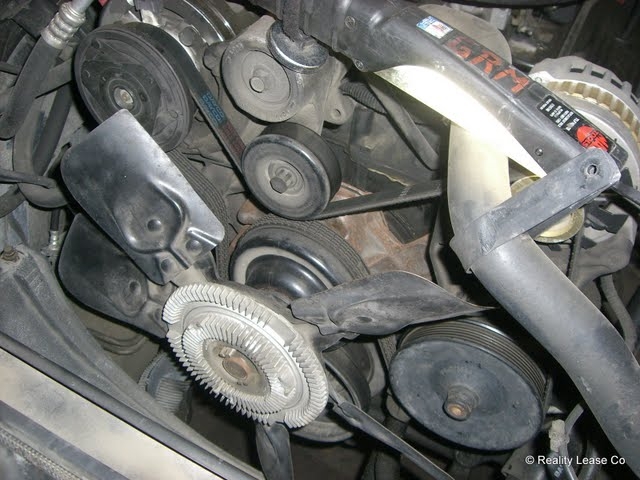
A serpentine belt is prone to wear and fail just like any other part in your vehicle. Driven by the crankshaft pulley, this belt runs the water pump, alternator, air conditioning compressor and power steering pump. Identifying, fixing and preventing the most common problems with serpentine belts is possible.
Serpentine belts have some common problems that you should pay attention to as you make a routine inspection. Make sure the belt is properly seated on each pulley and look for signs of wear, such as excessive cracks on the ribs and fraying. Also, check for cuts, splitting and missing sections of ribs. If you find any of these signs, replace the belt.

Check the pulleys if your serpentine belt is showing excessive or abnormal wear. Remove the belt and, laying a straightedge across the surface of any two pulleys, turn them by hand and check for misalignment. Each pulley should contact the straightedge at all times as you turn them. Check the rest of the pulleys in pairs. Then check them for cracks, rust, dents or any other physical damage. Replace them if necessary.
Always disconnect the ground (black battery cable) when inspecting, adjusting or replacing the serpentine belt. Even with the ignition switch in the "off" position, if the vehicle has been recently driven, the electric fan might come on and catch your arms and hands as you work in the engine compartment area.
Serpentine belts require minimum attention, but vehicle manufacturers recommend inspecting serpentine belts every 3,000 miles. This will help correct common problems on time and extend belt service life.
When replacing your serpentine belt, compare the new one with the old one. Be sure they have the same design configuration, width and number of ribs. However, the new belt should be slightly shorter.